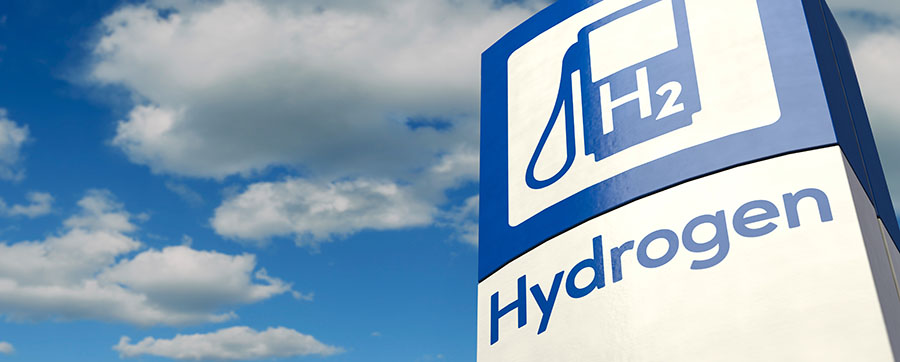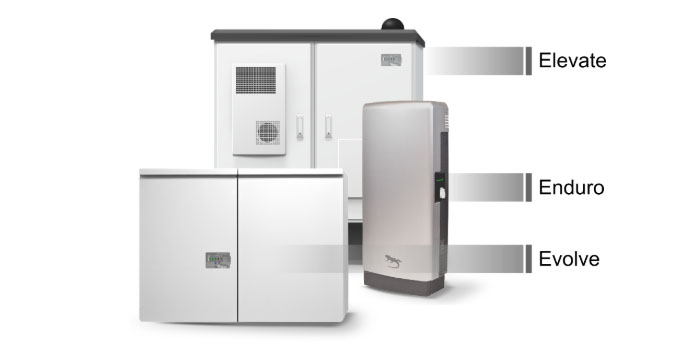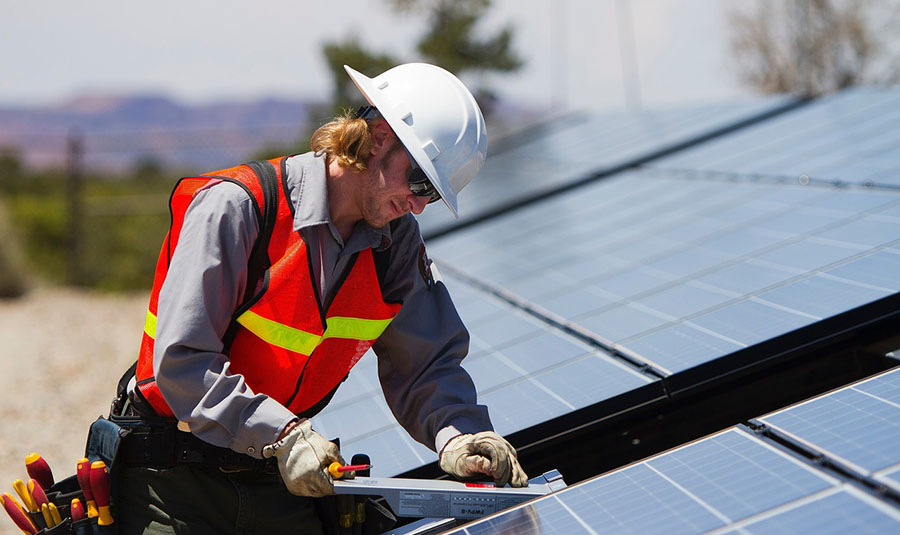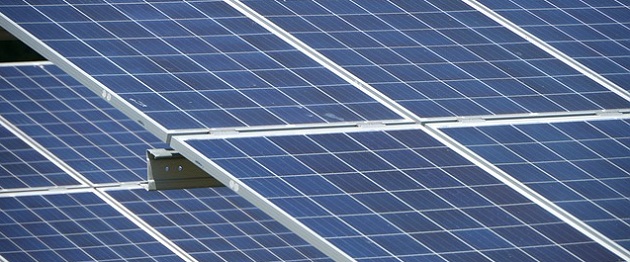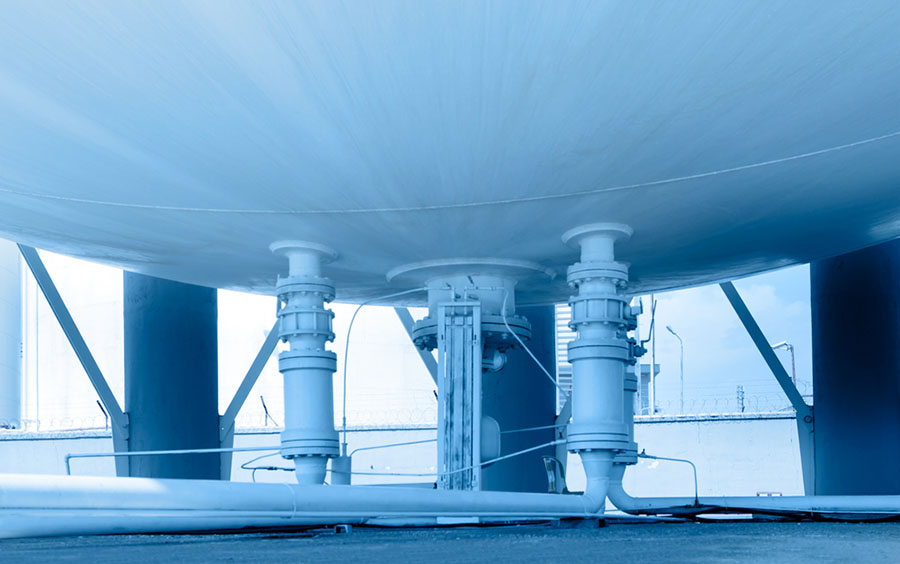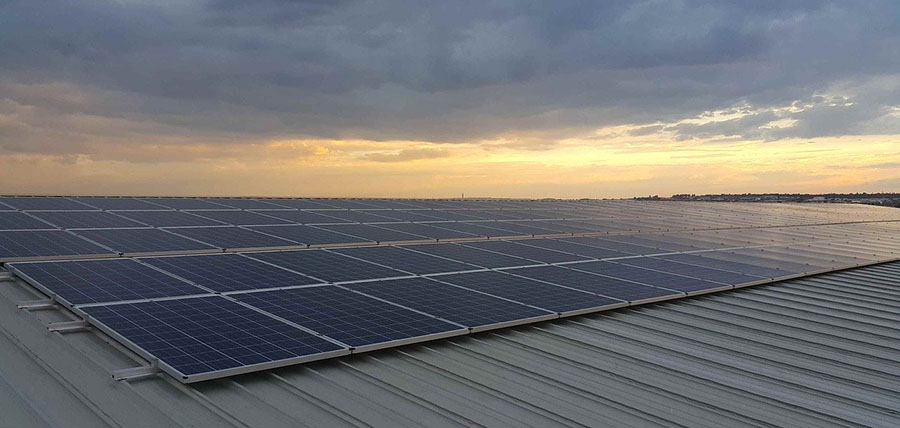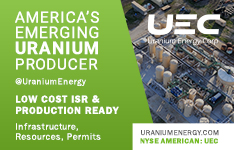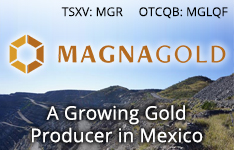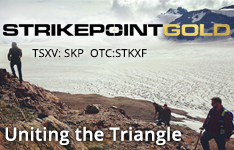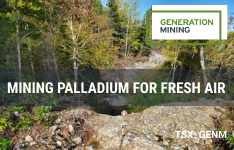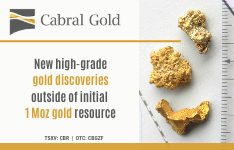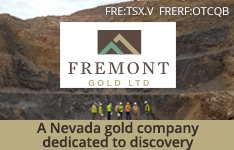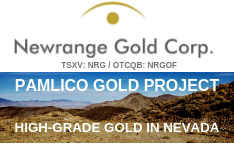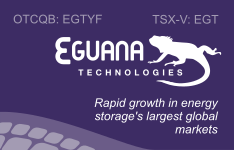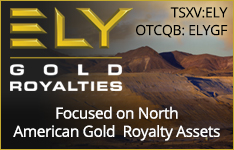Geothermal Without the Earthquakes
Source: Technology Review, Tyler Hamilton (5/17/11)
"An underground 'heat nest' design avoids the need to fracture the rock."
Technology Review, Tyler Hamilton
A startup in Connecticut says it has a way to improve the reach of enhanced geothermal energy, without the financial or geological risks associated with such projects.
With Enhanced geothermal systems (EGS), developers typically have to fracture solid rock by pumping fluids into wells at high pressure, an approach that has raised concerns about the potential to trigger earthquakes and contaminate aquifers.
The problem, called "induced seismicity," led to the cancellation in 2009 of a project in Basel, Switzerland, after the high-pressure fracturing of rock around the well caused hundreds of seismic events. In North America, EGS developer AltaRock Energy has been caught up in a similar controversy.
"You can get seismic events with any kind of fracturing," said Herbert Einstein, a professor of rock mechanics in MIT's department of civil and environmental engineering. "If you do it close to a city, it's an issue."
GTherm, founded in 2008, says it has come up with an approach that doesn't require any fracturing or water cooling. It uses a kind of solid-state heat exchanger—what the company calls a "heat nest"—at the bottom of wells. The nest draws heat away from the surrounding rock more efficiently, with the help of a highly conductive grout that encases the heat exchanger.
To generate power, fluid travels the length of the well in a closed loop and carries the heat from the nest back to the surface, where a secondary fluid within a separate closed loop is turned into gas to drive an electricity-generating turbine. To further enhance heat recovery and increase power output, thin bore holes about 100 feet long and lined with heat-conducting material can be drilled off the main vertical well. "We're basically a heat pump on steroids," says Michael Parrella, CEO and founder of GTherm.
A startup in Connecticut says it has a way to improve the reach of enhanced geothermal energy, without the financial or geological risks associated with such projects.
With Enhanced geothermal systems (EGS), developers typically have to fracture solid rock by pumping fluids into wells at high pressure, an approach that has raised concerns about the potential to trigger earthquakes and contaminate aquifers.
The problem, called "induced seismicity," led to the cancellation in 2009 of a project in Basel, Switzerland, after the high-pressure fracturing of rock around the well caused hundreds of seismic events. In North America, EGS developer AltaRock Energy has been caught up in a similar controversy.
"You can get seismic events with any kind of fracturing," said Herbert Einstein, a professor of rock mechanics in MIT's department of civil and environmental engineering. "If you do it close to a city, it's an issue."
GTherm, founded in 2008, says it has come up with an approach that doesn't require any fracturing or water cooling. It uses a kind of solid-state heat exchanger—what the company calls a "heat nest"—at the bottom of wells. The nest draws heat away from the surrounding rock more efficiently, with the help of a highly conductive grout that encases the heat exchanger.
To generate power, fluid travels the length of the well in a closed loop and carries the heat from the nest back to the surface, where a secondary fluid within a separate closed loop is turned into gas to drive an electricity-generating turbine. To further enhance heat recovery and increase power output, thin bore holes about 100 feet long and lined with heat-conducting material can be drilled off the main vertical well. "We're basically a heat pump on steroids," says Michael Parrella, CEO and founder of GTherm.


